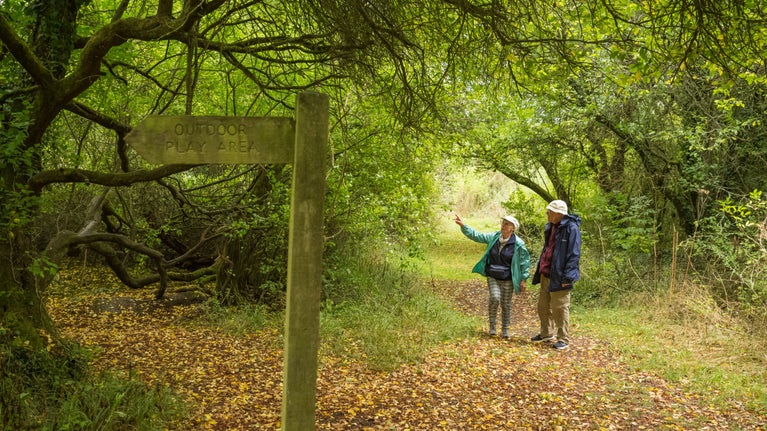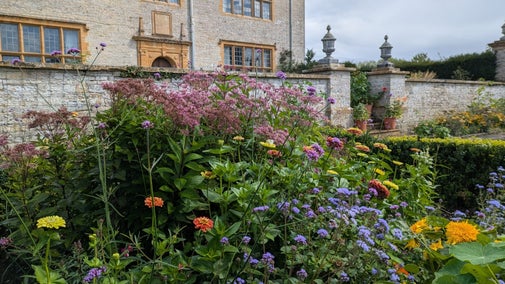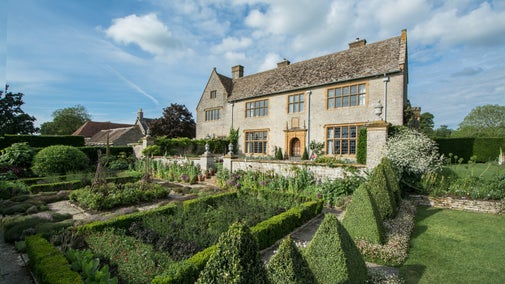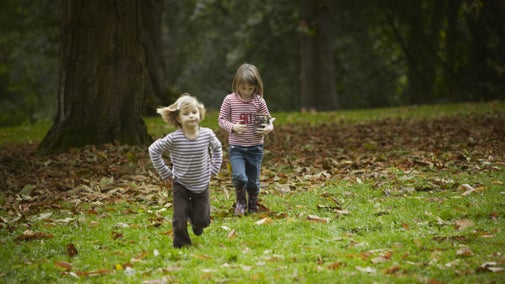
Discover more at Lytes Cary
Find out when Lytes Cary is open, how to get here, the things to see and do and more.

There's plenty to see on the estate at Lytes Cary Manor, with three waymarked walks (find full details of each walk under Things to see and do). Pick up a leaflet at reception, or follow the signposts for these gentle, level walks.
The White Walk takes you into woodland, a valuable habitat for birds. The field name, Raven’s Nest, suggests there were once trees of a height that would attract ravens to the area.
See if you can spot chiffchaffs, bullfinches and nuthatches feeding on fruit from the old orchard. The walk was named for the clouds of white cherry plum blossom with their frothy petals and heavy springtime scent.

The estate walk takes you through the arable fields and meadows in the eastern part of the estate.
The route skirts Raven's Nest woodland and crosses Ridgeway Lane. It then diverts through a meadow, where sometimes cattle graze. Rejoin the ridgeway before returning through arable fields, past two ponds and back to the carpark.

The River Walk loops around open fields and the River Cary. Look out for the wide field margins, which are cut late in the year and provide habitat for overwintering bees and insects. Continue along the river bank, which is deliberately left undisturbed to provide reeds and rushes for resident water voles.

Find out when Lytes Cary is open, how to get here, the things to see and do and more.
Map of Lytes Cary Estate Walks
The tea-room serves light bites, drinks and sweet treats. Browse the selection in the second-hand book barn and find a pre-loved read to take home.

Explore the garden and see the unusual shaped topiary trees and hedges or catch the light on the sundial in the orchard.

Find out about the people who lived here including those rewarded by royalty and a couple who rescued the manor from decay. See how the manor and garden changed over time.

Learn about the wildlife around the estate, the carved characters and creatures to spot in the house and seasonal activities on offer.

Find out about exploring the manor and the objects on display inside. See a 16th-century herbal book translated into English, leather mannequins and an embroidered mirror.
